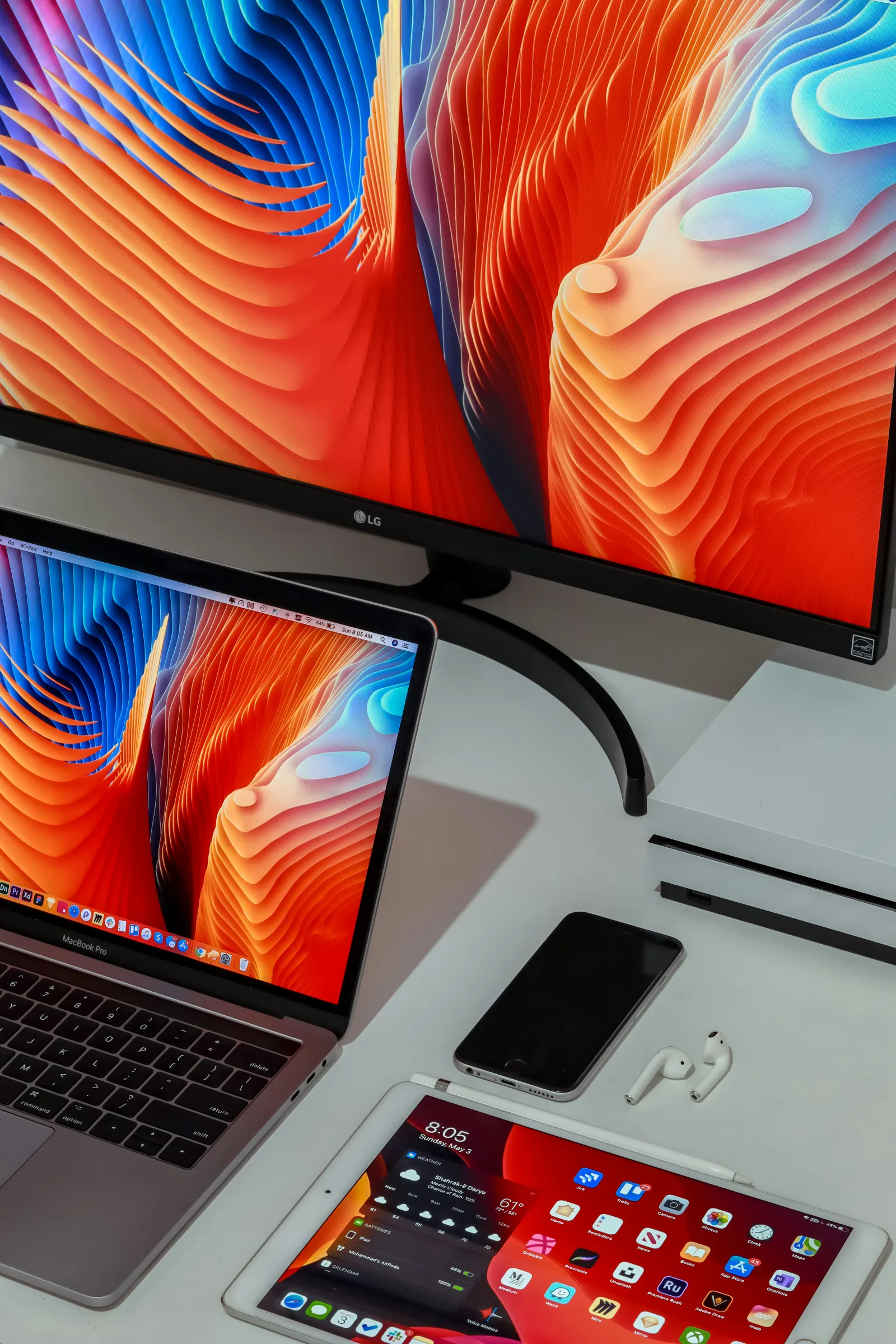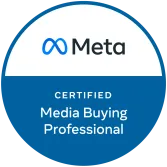Good campaigns become great marketing campaigns when teams understand and leverage all the data at their fingertips. When you or your marketing team set out to create a campaign, what role do reach and frequency play in that planning? And do those data points stay front of mind once the campaign is up and running?

Creating and deploying marketing plans without a comprehensive understanding of reach and frequency can lead to underperforming campaigns. The marketing effort devolves into the 21st century of yelling in the town square. Sure it might reach some people, but it's unlikely to reach the right people the right number of times to convert.
To help your marketing efforts, we've put together a guide to these important concepts—audience reach, ad frequency, how to calculate reach and frequency. We've also included our team's insights into how you can efficiently and effectively boost reach and frequency to drive desirable outcomes.
What are Reach and Frequency?
Reach and frequency are deceptively simple concepts with enormous weight in moving potential customers through your funnel. These two numbers are one of the top five reasons marketers can't sleep at night—36% of ad buyers say managing reach and frequency were one of their top concerns in the past year.
Put simply, reach, sometimes called audience reach, is the number of unique people exposed to your marketing message or advertisement. It sometimes becomes conflated and confused with impressions. As we'll discuss later, there's an important difference between reach and impressions. For now, reach is an important metric in determining how many people you have the budget to get your message in front of.
Frequency, meanwhile, is an average of how many times an individual sees your marketing message. Great marketers know how challenging it can be to hit the right frequency. Research shows that seeing an advertisement 10 or times leads to greater purchasing intentions than someone who hasn't seen an ad that frequently. On the other hand, survey data indicates that some Americans already feel that they see too many ads. As we'll see, optimized frequency marketing is possible and can lead to great results without 'annoying' customers.
Reach vs. Impressions
So what is the difference between reach and impressions? While reach measures the unique individuals that see your advertisement, impressions track how many times your message was seen. If I see your advertisement on Instagram every morning for a week, that's 7 impressions. However, that only translates to a reach of 1, since I was the only unique view.
How to Calculate Reach and Frequency
Reach, frequency, and impressions all go hand in hand. Understanding and calculating frequency and impressions help us learn how to calculate reach for our campaigns. The formula to calculate the effective reach, the actual number of unique people that saw your message, is Impressions/Frequency.
Thankfully, most platforms can track impressions, making for one less calculation. Though if they don't track impressions, the formula is: Impressions = (Cost/Cost per 1k impressions) x 1000. If you have a $200 campaign going with $2 cost per 1,000 impressions, the total number of impressions would be 100,000.
Most platforms should also track frequency for you and show an average frequency. The average is built off knowledge of the reach itself, since the formula for frequency is: Frequency = Impressions/Reach. Continuing the example above, if you had 100,000 impressions across 10,000 unique views, the average frequency is 10.
Why Reach and Frequency Matter
Creating successful marketing campaigns are fairly easy when you have an infinite budget. You can reach every person in your target audience the exact number of times required to drive them to action and send revenue skyrocketing.
But there's the problem: not even the most successful companies have infinite budgets. For real-world marketing teams, increases in reach spending come with decreases in frequency spending, or vice versa. This squeeze can lead to campaigns that hit the wrong people way too many times, or the right people too few times. The reach vs. frequency question is why 39% of marketers felt they served the wrong ad to the wrong consumer between 20-40% of the time in 2023.
When you use reach and frequency to your advantage though, you can maximize key metrics like your return on ad spend. It might not be an infinite budget, but it stretches each dollar to their absolute maximum.
What Is the Ideal Frequency For My Campaign?
You may have spent thousands of hours on audience research before drafting a marketing plan or bringing your business to market, and feel you have a good grasp on a desired reach. But how do you know what the right frequency is for that group? How often will they need to see your message before they convert?
Like so much of marketing, the answer depends on your campaign goals and audience. At CMG, we prioritize reach when we're trying to make consumers aware of our client's brand. For all the market research you may have done, there's always a chance that your message will resonate with a segment you hadn't thought to reach. By prioritizing a wider pool, we make more consumers aware of the brand. The same concept applies when you're launching a new product or service, or running a seasonal campaign to increase customer lifetime value.
If the goal of the campaign is to convert sales, on the other hand, then frequency becomes the focus. We may also drive up frequency when there's a crowded marketplace. In both situations, we need our client to stay front of mind for the consumer and there's no better way to do that than with frequency. We also look to increase frequency when the target audience is necessarily small. We want to make sure that group is engaging with messaging made for them.
How Can I Increase Frequency?
Even in situations where reach may be more valuable than frequency, we never want a frequency of 1 or 2. For marketers, having a viewer see a message less than seven times is as if they never saw the message at all. While the individual consumer may not remember seeing the message, your marketing budget will.
Optimizing frequency is essential in every campaign then. So, it's understandable that you'd want to know how to increase it without any detrimental effects. For CMG Expert Colin Hayes, it all comes down to an audience list and a single source of truth for data.
Optimizing Reach and Frequency With Colin Hayes
"Let's say an advertiser wants to target Women, 30+, HHI of 100k+ across 4 major markets in Florida. That segment includes more than 1.3mm people. Without an audience list, that advertiser's budget constraints will force them into a siloed approach. They may reach 10% of their segment on social media platforms like Facebook, a different 10% with CTV ads, and a different 10% with online video." In this scenario, the reach is there, but the frequency suffers.
But there's hope for Hayes, "An audience list allows us to increase frequency with an audience segment that is typically larger than what an advertiser ad spend would allow. A single source of truth allows us to reduce the effects of a siloed approach because we're hitting that same 10% in each channel, increasing the frequency in which a customer sees and engages with an ad message."
For Hayes, frequency in the abstract isn't as important as frequency across real-world marketing channels. One of the biggest pitfalls Hayes sees is reliance on one channel. Hayes recalls a local roofer that relied solely on Pay-Per-Click to drive leads. "The campaign saw success but at a much higher cost-per-acquisition than competitors who branded on the radio, with billboards, and social ads," according to Hayes.
The mix of traditional and digital marketing offers marketers the frequency they need to influence customers at all levels of their marketing funnel. Hayes says, "High-impact radio and tv campaigns build brand awareness, which generates the necessary frequency that an audience requires to take further action, typically as a result of an additional impressions in a digital channel."
But how can marketers avoid 'annoying' their customers with ads? In one survey, 49% of respondents decided not to purchase from a brand whose ads they saw too often. With audience lists and tools like frequency capping, marketers can hit that sweet spot, delivering the right ad to the correct consumer, the perfect number of times. For Hayes, that's "2-3x per day on each channel."
Reach Your Marketing Goals with CMG Local Solutions
Mastering reach and frequency can unlock powerful growth for your business. When your message reaches the right consumer and motivates them to take action more often than not, you're optimizing your ad spend. But finding the perfect blend of reach and frequency can take time and patience that few can afford in a market that transforms every minute.
Instead, partner with CMG Local Solutions to access the expertise of a top-tier agency and the responsiveness of an in-house marketing department. Our decades managing local radio and television stations give us a unique edge for optimizing reach and frequency across multiple channels. As Hayes puts it, "On a given day, people watch the morning news, check their social feed, listen to talk radio on the way to work, see a billboard, browse the web, then search Google. Our advertisers are visible in all these channels and touchpoints.
Contact us today to maximize your marketing budget and reach new revenue heights.







